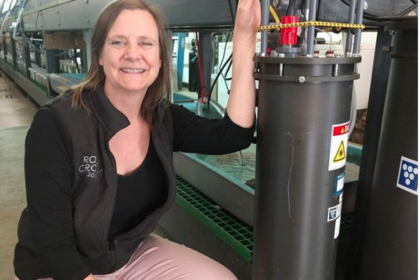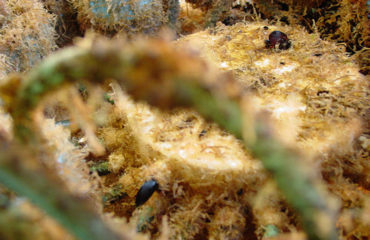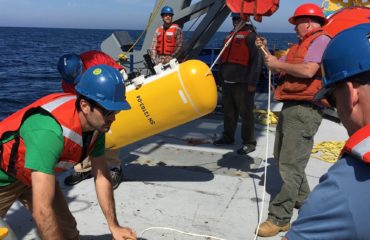
In collaboration with McLane, the Anderson Lab of Woods Hole Oceanographic Institution (WHOI) and the Roesler Lab in the Department of Earth and Oceanographic Science at Bowdoin College, a McLane Environmental Sample Processor (ESP) and an Imaging FlowCytobot (IFCB) were deployed in the flowing seawater laboratory at the Bowdoin College Schiller Coastal Studies Center on Orr’s island. The project will track the concentration of Alexandrium cells throughout the pending algal bloom period (May-June).
Using the instruments side-by-side will provide a comparison of two methods for estimating Alexandrium cell concentration. The Bowdoin marine wet lab continuously pumps water from Harpswell Sound, a water body extending from Casco Bay that is purported to be a natural incubator for this phytoplankton species.
Dr. Collin Roesler states that “Alexandrium is the putative organism responsible for paralytic shellfish poisoning in coastal Maine waters. Although found along the Gulf of Maine coast, Harpswell Sound presents a unique environment for the incubation of Alexandrium populations. The Sound is characterized by a reverse estuarine circulation driven by strong freshwater input at the mouth from the Upstream Kennebec River. This results in net transport into the sound and retention of surface waters at the head, providing perfect conditions for bloom development. Periodic flushing releases the cells into Maine coastal current for transport down the coast.”
The ESP is an in-situ electromechanical, fluidics system designed to collect discrete water samples, concentrate microorganisms or particles, and automate application of molecular probes in order to identify microorganisms and their gene products.
The IFCB is an in-situ automated submersible microscope that generates images of individual cells or particles in-flow taken from the aquatic environment that can be used for taxonomic classification.



